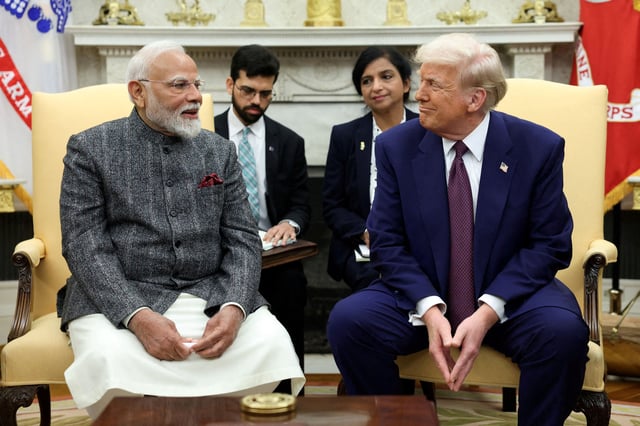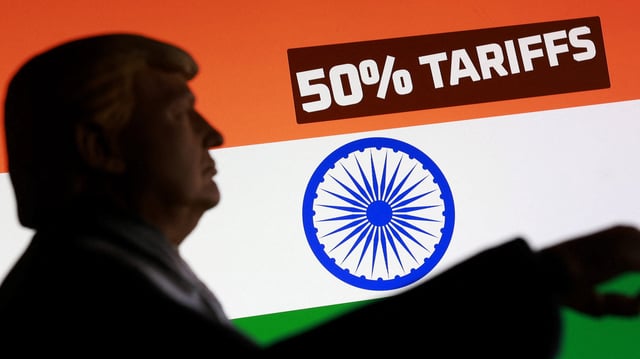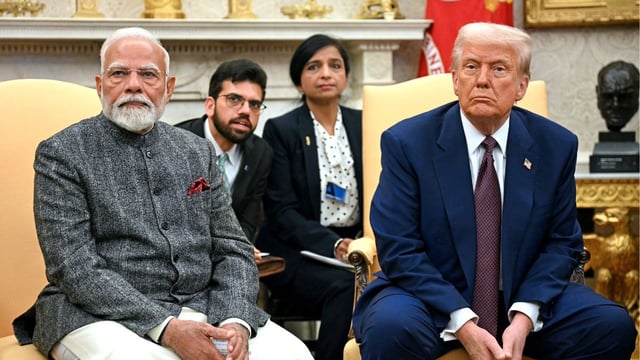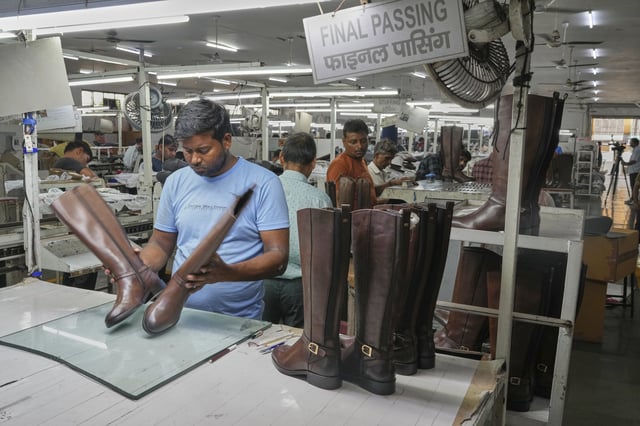Overview
- The combined tariff rate of up to 50% started on August 27 following Department of Homeland Security and CBP notices, which include an in‑transit exemption for goods loaded before the deadline and arriving by 12:01 a.m. EDT on September 17.
- The levies cover labor‑intensive goods such as garments, gems and jewellery, footwear, furniture, chemicals and some auto parts, while pharmaceuticals and many electronics were reported as spared for now and steel, aluminum and passenger vehicles remain under separate Section 232 regimes.
- Five rounds of negotiations failed to avert the increase after India sought a cap near 15%, leaving the higher rate in force across a wide swath of shipments.
- Exporter groups estimate roughly 55% of India’s $87 billion in merchandise exports to the U.S. are affected, with reports of production pauses in textile hubs and analysts warning growth could slip from around 6.5%.
- India has condemned the tariffs as unfair and says it will provide financial assistance and push market diversification, while both governments signaled they will keep broader cooperation and Quad commitments on track.



